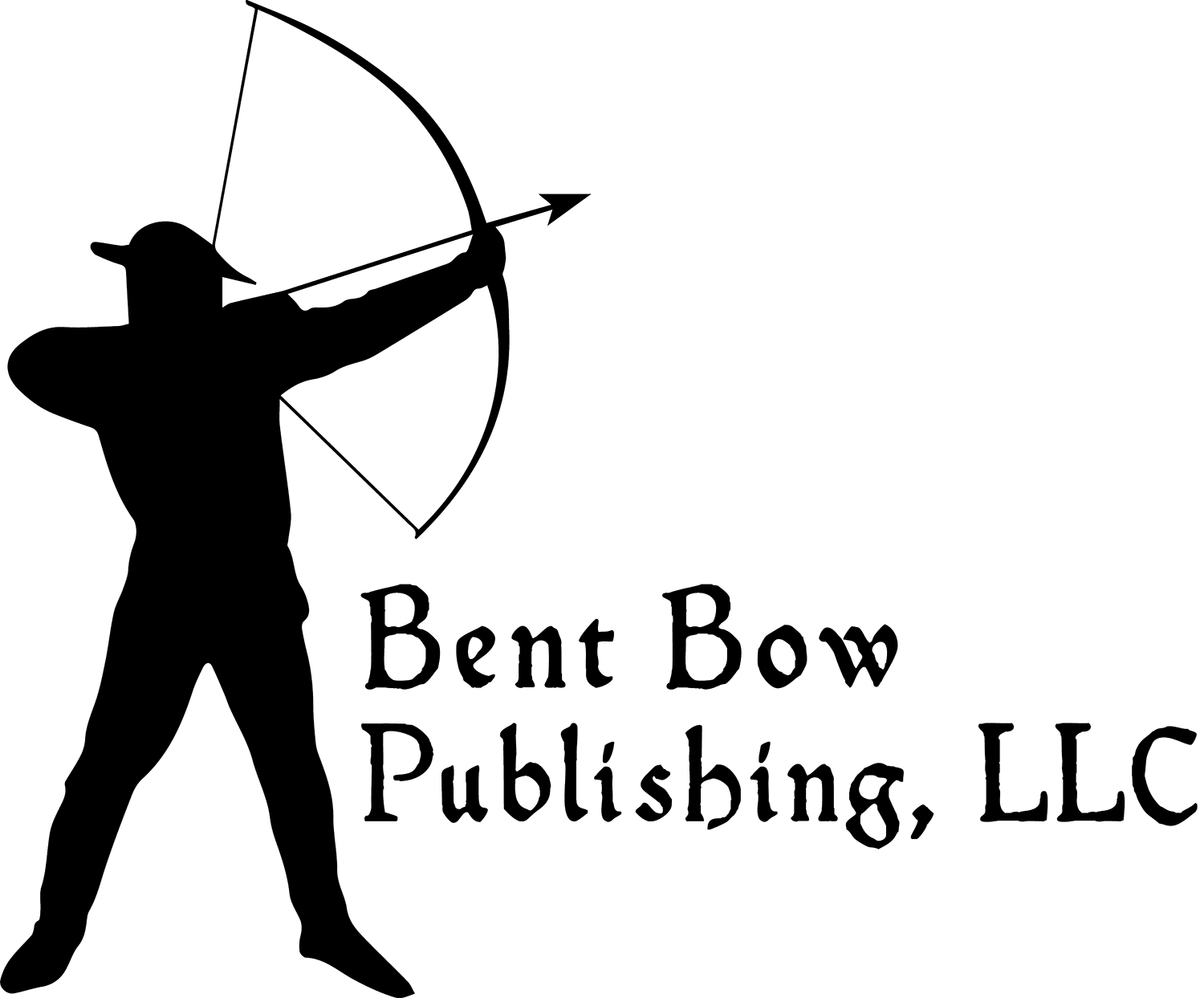![[Tags] DSC_0650-300x200 The Most Egregious Archery Errors in Film and Fiction. Error #3 Two Arrows are Better than One](https://www.jwelliot.com/wp-content/uploads/2018/03/DSC_0650-300x200.jpg) No, not really. It might be fun, but it’s pointless. This has to do with the physics of a bow cast. When the taut string is loosed, the energy stored in the bow limbs is transferred to the arrow. The arrow then bends under the stress before it rockets out of the bow—this is called the archer’s paradox. If you have two arrows on the string, then the energy imparted to each arrow is diminished by at least half. Consequently, both arrows will strike with far less speed and power.
No, not really. It might be fun, but it’s pointless. This has to do with the physics of a bow cast. When the taut string is loosed, the energy stored in the bow limbs is transferred to the arrow. The arrow then bends under the stress before it rockets out of the bow—this is called the archer’s paradox. If you have two arrows on the string, then the energy imparted to each arrow is diminished by at least half. Consequently, both arrows will strike with far less speed and power.
They might stick in a target and they might even deliver a lethal wound, but it would be impossible to aim at more than one target unless they were mere inches apart, like they are in the balloon tricks that trick shooters do.
In truth, one arrow cast with accuracy and power will do more damage than two arrows shot with less accuracy and less power. It makes a fun trick shot for performers, but it is useless in military or hunting applications.
Still, in The Lord of the Rings movie, The Return of the King, Legolas is only able to kill the oliphaunt (yes, that is how Tolkien spells it) by shooting two arrows into the back of its skull. In reality, the weight of two arrows would have reduced the cast so much that neither would have penetrated. But, if we want to be honest, no arrow shot from a traditional self-bow would have penetrated the thick skull of an oliphant anyway.
The television hero, Oliver Queen, from the series Arrow, likes to shoot three arrows at a time and magically hit three different targets. It’s supposed to be a mark of his skill, but it makes him a laughing stock for real archers. Those arrows would only travel 1/3 the distance of a single arrow shot from the same bow and strike with 1/3 the force. If they were perfectly balanced and shot well, they might line up vertically, which is why this technique can be used in trick shooting. Let’s remember, however, that a bow was designed to shoot one arrow at a time. No amount of cinematography or wishful thinking can change that fact.
Cheers,
James
